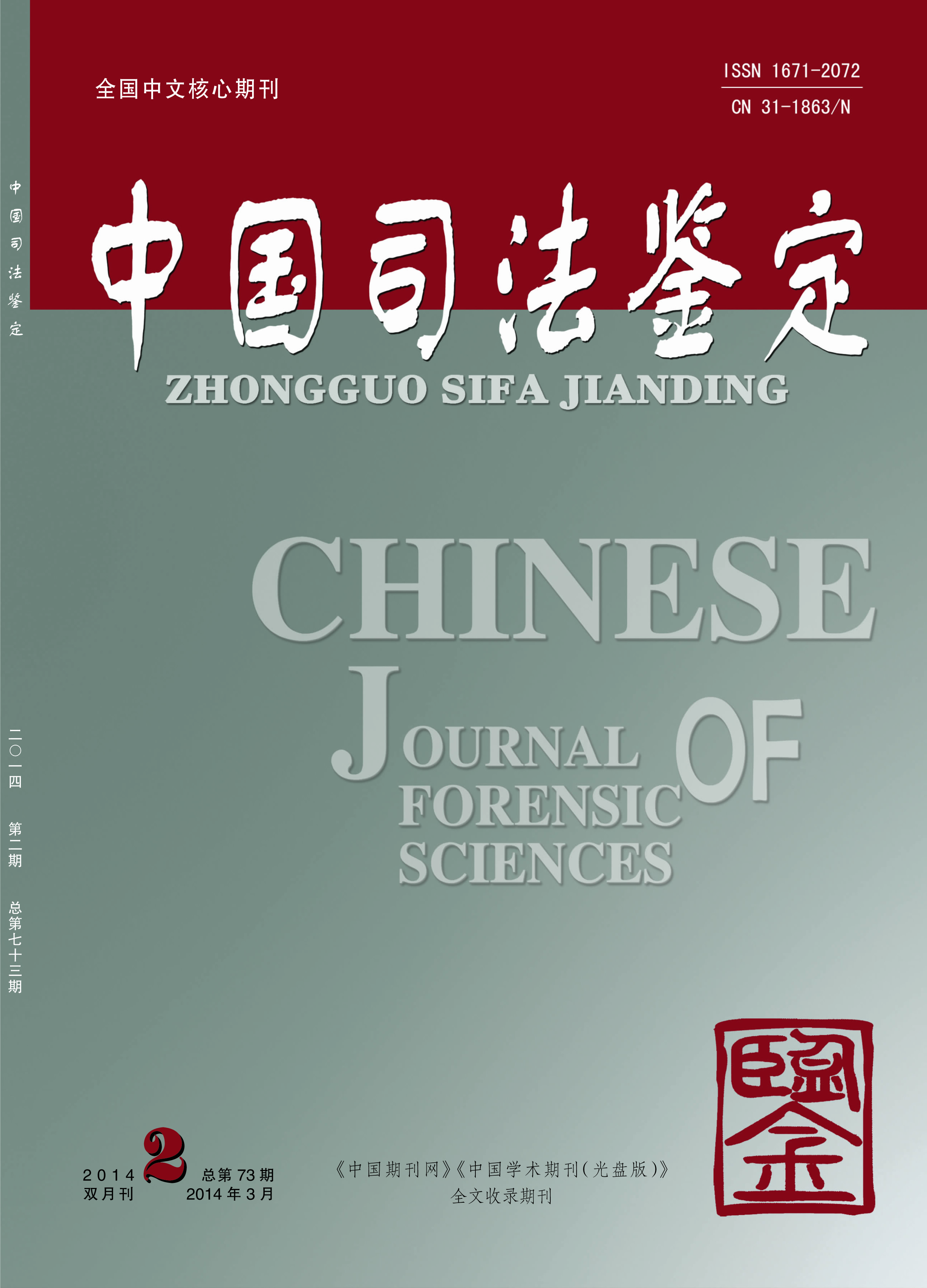|
|
Development and Prospect of Postmortem Angiography Technology
WAN Lei, WEI Hua, YING Chong-Liang, ZOU Dong-Hua, SHAO Yu, LI Zheng-Dong, ZHU Guang-You
2014(2):
51-55.
Postmortem angiography is an effective investigating method of blood vessels. It plays an important role in probing cadaveric vessels, especially for the heart and brain blood vessels. This technology originated from the 15th century, and developed quickly in the 18th and 19th century. Postmortem angiography contains contrast agent, perfusion and imaging, and has made a considerable progress since the discovery of X-ray. At present, this technology has been widely used in practice. However, it still has some defects as follows: First, these contrast mediums still have drawbacks such as permeating, obstruction and so on. Secondly, it is hard to simulate the state of physiological blooding in perfusion. Meanwhile, this technology has been increasingly relied on than ever before, as the religious and traditional ideas of preserving integral corpse. Accordingly, it is essential to improve the postmortem angiography technology to meet the practical need.
Related Articles |
Metrics
|

